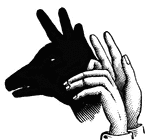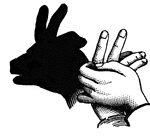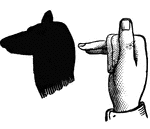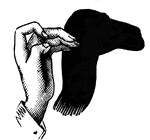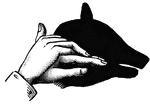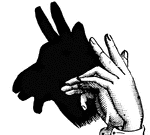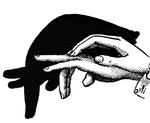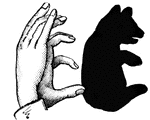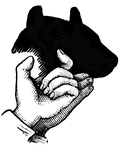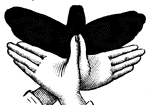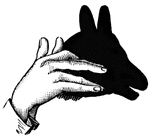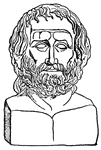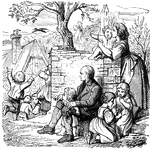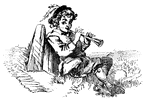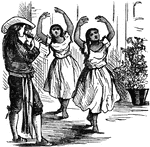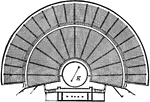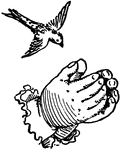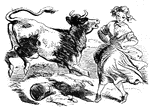
Tom, Tom, The Piper's Son
And as Dolly was milking her cow one day, Tom took out his pipe and began for to play. So Doll and the…

Battle of Gettysburg
"Battle of Gettysburg- charge of the Confederates on Cemetery Hill, Thursday evening, July 2nd, 1863.…
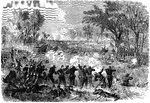
Battle of Chancellorsville
"Battle of Chancellorsville, Sunday, May 3rd, 1863. General Hooker repulsing the attack of the enemy.…
Rural residential area
Two figures play tennis across the road from a pair of sparsely distributed houses.

Battle of Chancellorsville
"Battle of Chancellorsville, Sunday, May 3rd, 1863. General Hooker repulsing the attack of the enemy.…
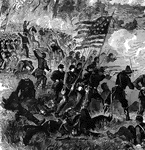
Battle of Chancellorsville
"Battle of Chancellorsville, Sunday, May 3rd, 1863. General Hooker repulsing the attack of the enemy.…

Battle of Chancellorsville
"Battle of Chancellorsville, Sunday, May 3rd, 1863. General Hooker repulsing the attack of the enemy.…

Caesar's Death
"The Death of Caesar. Naturaly such extraordinary success made him enemies, and though the city seemed…
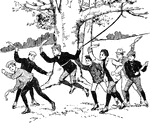
Sling the Monkey
"Sling the Monkey is a capital game, and can be played anywhere where there are trees. One player who…

Lawn Cupolette
"This game is played by means of seven pins, made so that they may either be driven into the ground…

Parlor Ringolette
"This game, as seen from the illustration, is played with pegs which can be fastened firmly into a bard,…
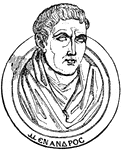
Menander
"Menander was an Athenian, and was born in B.C. 342. He was drowned at the age of 52, whilst swimming…
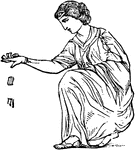
Talus
"Talus. The huckle-bones of sheep and goats were used to play with from the earliest times, principally…
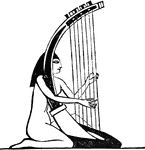
Egyptian harp
"That the Egyptians paid great attention to the study of music and had arrived at a very accurate knowledge…
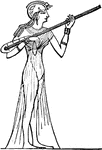
Egyptian musician
"That the Egyptians paid great attention to the study of music and had arrived at a very accurate knowledge…

William Shakespeare
"This famous man, who has been called 'the chief literary glory of England', was born at Stratford-on-Avon."…

Mowgli's Brothers
Mowgli used to make little play-huts. The Monkey People considered these huts most wonderful.
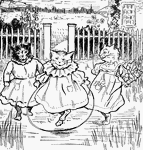
When The Catland School Is Out
A scene from the story, When The Catland School Is Out. Don't you think the kitties in this…
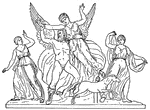
Boreas and Orithyia
"Boreas loved the nymph Orithyia, and tried to play the lover's part, but met with poor success." —Bulfinch,…
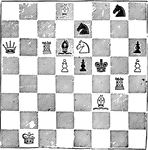
Chess Strategy
"Adjudged the best two-move problem of the British Chess Association Tourney, 1872). White to play and…
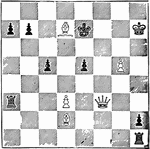
Chess Strategy
"The prize problem of the Cambridge Tourney, 1860. White to play and mate in three moves." — Encyclopedia…

Chess Strategy
"One of the first-prize set of the Bristol Tourney, 1861. White to play and mate in three moves." —…

Chess Strategy
"One of the second-prize set of the Pasris Tourney, 1867. White to play and mate in four moves." —…
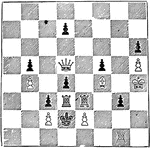
Chess Strategy
"One of the first-prize set of the British Chess Association Tourney, 1872, and also adjudged the best…
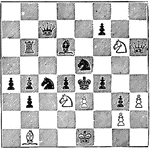
Chess Strategy
"One of the first-prize set of the British Chess Association Tourney, 1862, and also adjudged the best…

Governor
"Of all the contrivances for regulating the motion of machinery, this is said to be the most effectual.…
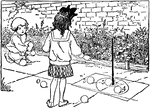
Stick Game
A boy and a girl play a game, throwing a ball to the stick. The image illustrates the point system of…
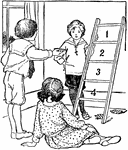
Ladder Game
Three children play a ladder game, tossing bean bags in between ladder rungs. The point system of the…
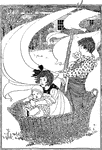
Children Play Sailing
A brother, sister, and baby create a pretend sail boat out of a laundry basket and linens.
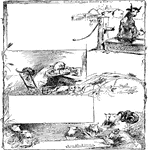
Farm Border
A decorative border with a sleeping farmer while the cow stands on the pump and the sheep play cribbage.
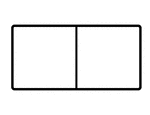
Domino With No Spots
An illustration of a domino with no spots. Spots are also known as pips. A set of dominoes, also known…
